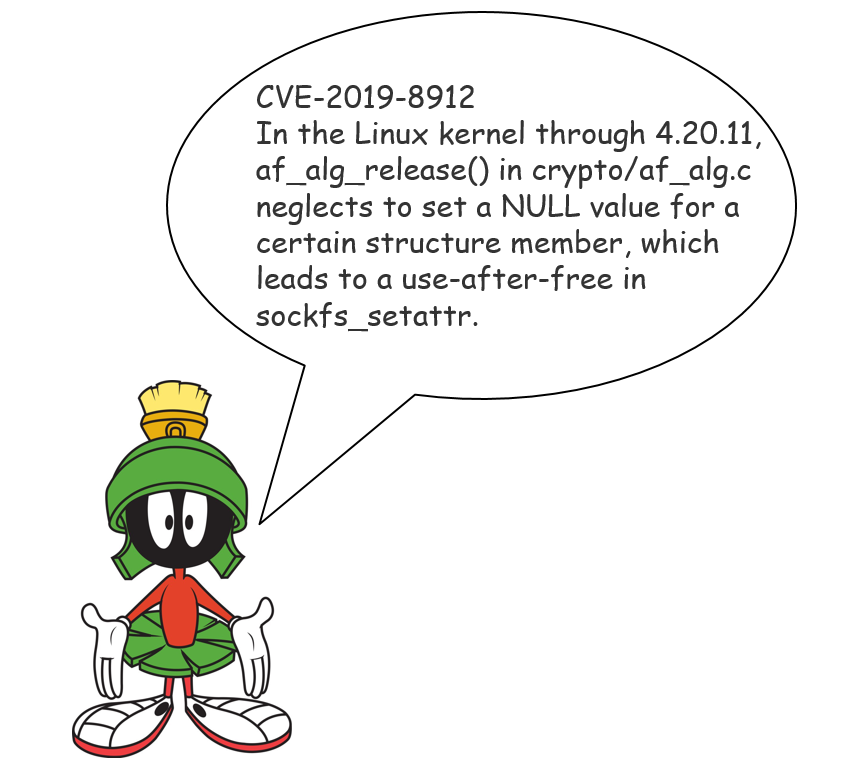
Microsoft is beginning to add CVEs to address security flaws in its cloud services. It’s not as straightforward. Assume a cloud CRM has a vulnerability. The vendor instantly corrected it for everyone, and clients didn’t need to take any action. What good is it to issue a CVE for this? 🤔
But Microsoft believes it’s required for greater transparency, and the new rules require CNAs (CVE Numbering Authorities) to add vulnerabilities that could cause significant harm, regardless of whether customers have to take action to fix the vulnerabilities or not. 🤷♂️
Microsoft promises to mark such vulnerabilities, such as CVE-2024-35260 “CVE requires no customer action to resolve”. There will be a special tag in CVEorg as well.
Whether or not it is necessary to register cloud service vulnerabilities as CVE is a controversial issue. But it is a fact that, due to this practice, the number of identifiers in CVEorg/NVD will grow much faster. 🤷♂️


